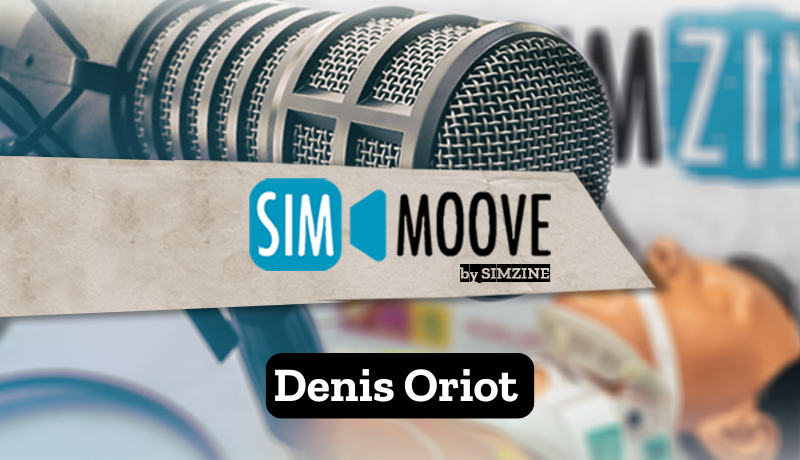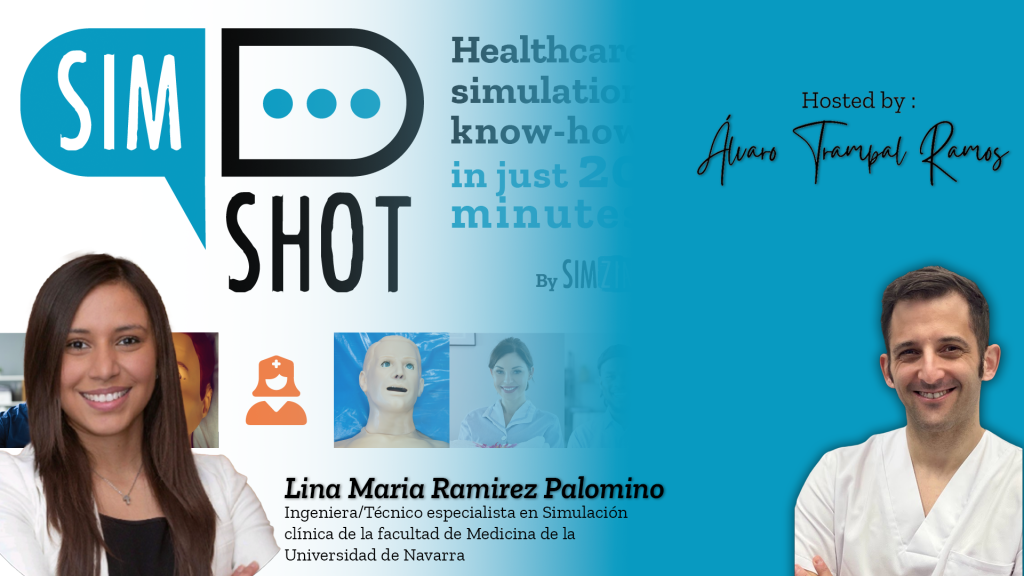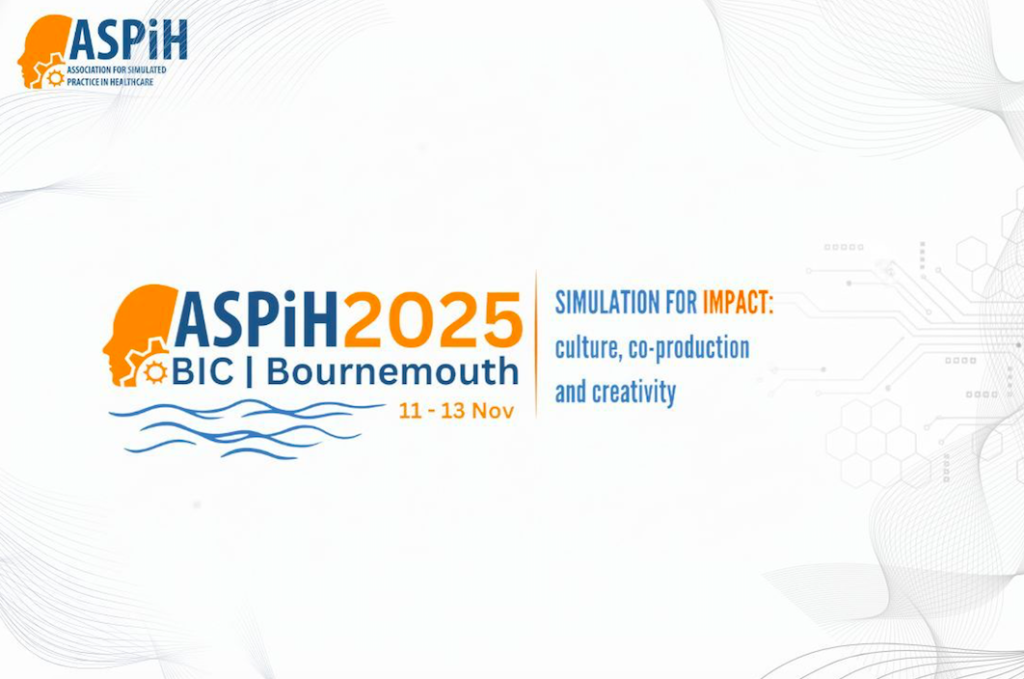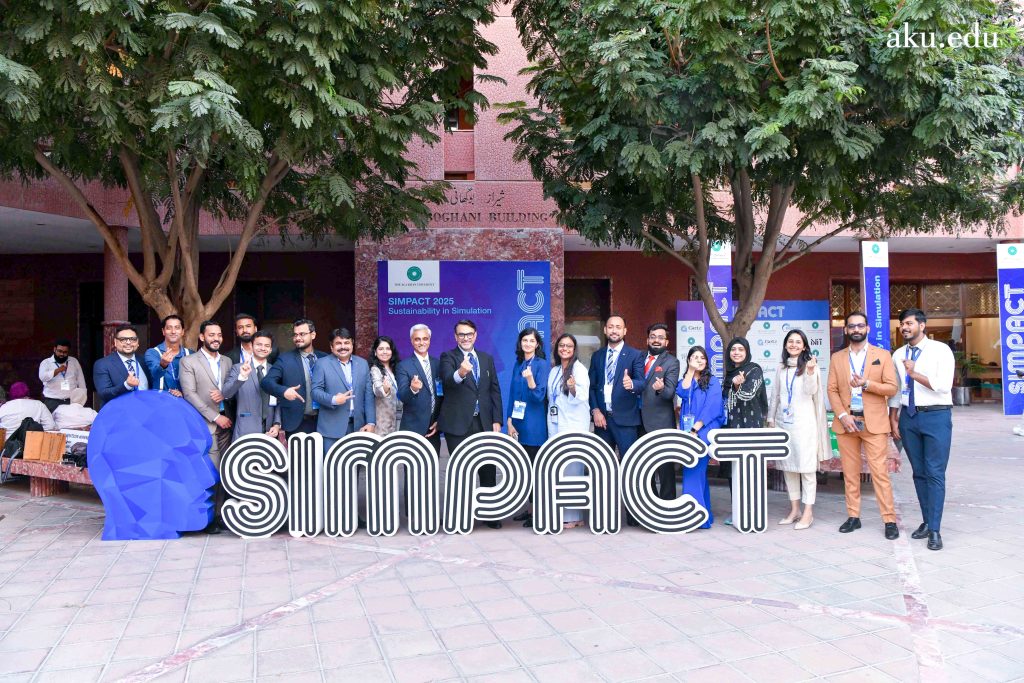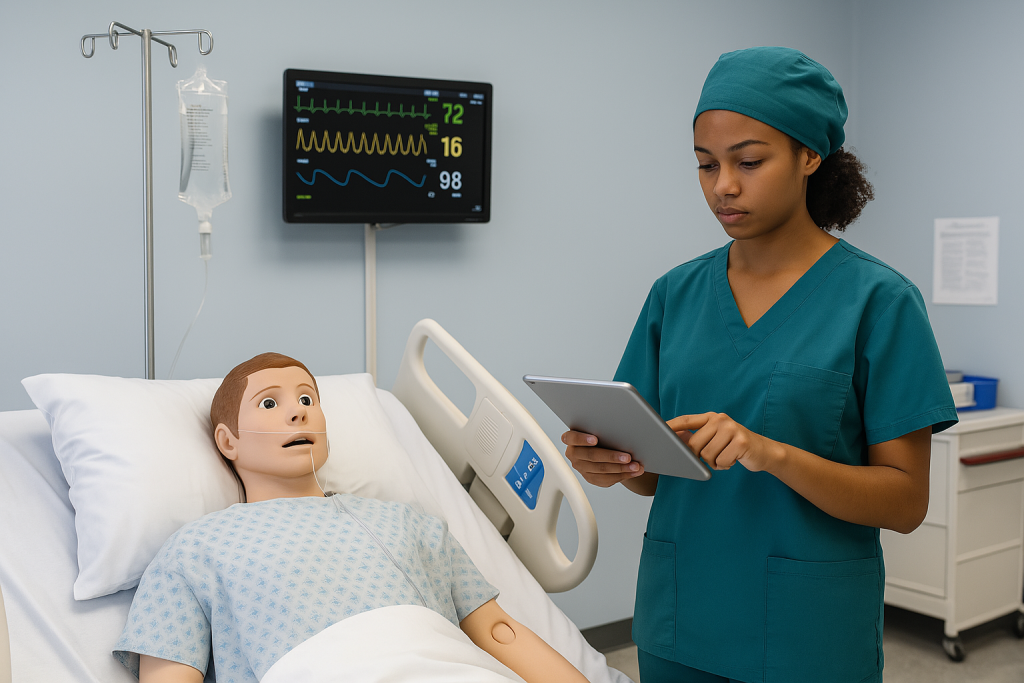Our editor-in-chief Pier Luigi Ingrassia explores the role of simulation societies and the responsibility of being a society member in the professional development
Prague takes center stage this month as the Society for Simulation in Europe (SESAM) commemorates its 30th anniversary with its annual conference. In recognition of this pivotal event, we’ve dedicated our cover to the historic city, honoring SESAM’s legacy as the world’s oldest society devoted to healthcare simulation. Fittingly, we feature an interview with SESAM’s first and founding president, celebrating the visionary who laid the foundation for this remarkable journey. The SESAM Conference will also be an important personal moment because I will take the leadership of the society. And in recent months, more than ever I have been wondering about the role, not only of SESAM, but of scientific societies in the development of simulation.
For over 30 years, organizations such as SESAM have been key drivers in transforming simulation from a niche training tool to an integral part of modern medical education and practice. But there is still a long way to go and their influence must extend far beyond organizing conferences and facilitating knowledge exchange. Especially today when accessing information is just an ever-click away and finding colleagues is just a search on Linkedin.
Societies serve as powerful advocates, giving a unified voice to our shared mission of advancing simulation for enhanced patient safety, quality care, and equitable access to training resources globally. The recently published Global Consensus Statement on Simulation-Based Practice, crafted by professionals from 50 societies across 67 countries, exemplifies this collective impact. Through this consensus statement, the simulation community has highlighted universal challenges and several critical areas where simulation can significantly improve healthcare delivery, such as its impact on patient safety and health equity, its role in rapid technological adaptation, and how its use can be cost-effective saving healthcare systems significant resources, by reducing the need for expensive clinical training environments and decreasing the incidence of costly medical errors. But for this collective effort to lead to a concrete result it is imperative that public and private institutions, academia, industries and scientific societies formally express their support to substantiate the simulation community’s vision and mark a defining moment in the field.
But in order to achieve a concrete result, it is now more than ever time to professionalize simulation. And to do so requires action at different levels and in a synergistic and collaborative manner. it is necessary to ensure the quality of what we do. Advocacy for accreditation, certification and unified standards is instrumental in ensuring the highest quality simulation practices across institutions. The INACSL Healthcare Simulation Standards Endorsement™ program, which ensures adherence to best practices and standards, and NHS England’s Becoming Simulation Faculty (BSF), which supports the professional development of simulation educators, technicians, and managers, are two virtuous examples that address this need.
But in this quality assurance process we cannot only include those who do the simulation and where the simulation is done but also what we use to do simulation, thus the devices themselves. The journey ahead involves collaborative efforts to establish consistent standards akin to those in industries like aviation, where highly codified simulation devices are the norm. Achieving such standardization will elevate simulation’s rigor and credibility within the healthcare domain.
The time has come to demand the formal recognition of simulation professionals as distinct careers within healthcare systems worldwide. Simulation educators, technicians, and specialists possess a unique blend of clinical expertise, pedagogical knowledge, and technological skills. Formalizing these roles is vital for the sustainability and growth of the field. As scientific societies, we must intensify our efforts to support this transition from undervalued ancillary roles to recognized professions with commensurate compensation and career paths.
For societies to be influential, they must be representative, they need a strong membership base. We should value the societies not just for the benefits we receive but also for our collective professional responsibility. Thus, membership in scientific societies is an essential component of professional development and growth. Joining scientific societies is our responsibility, our duty, our future. Society membership is like a coin: one side represents opportunity, and the other, responsibility.
PLI
READ ALSO
































